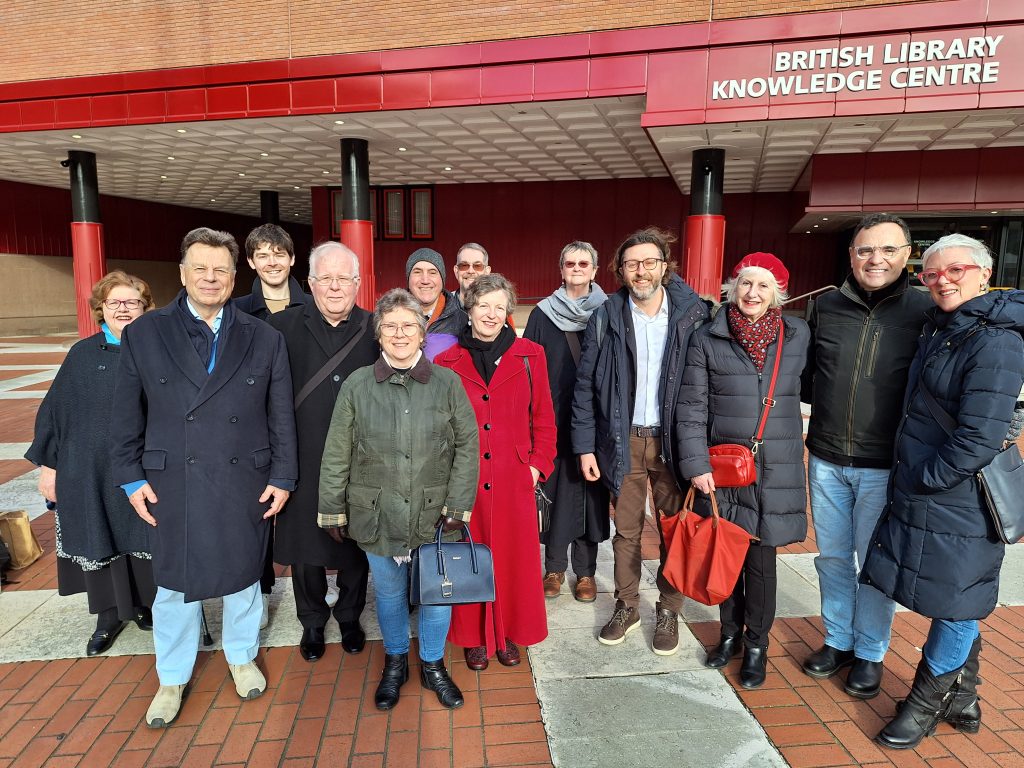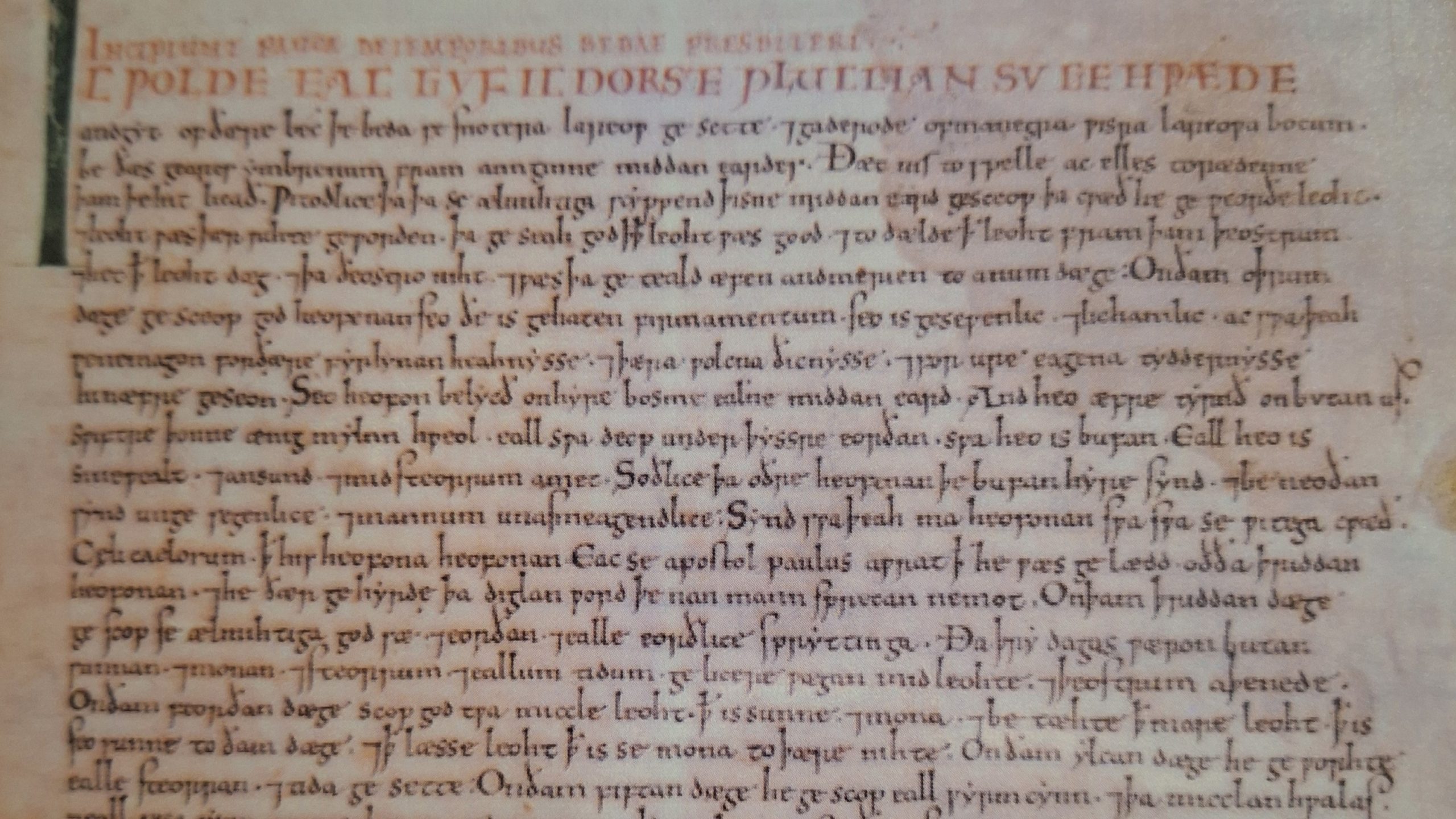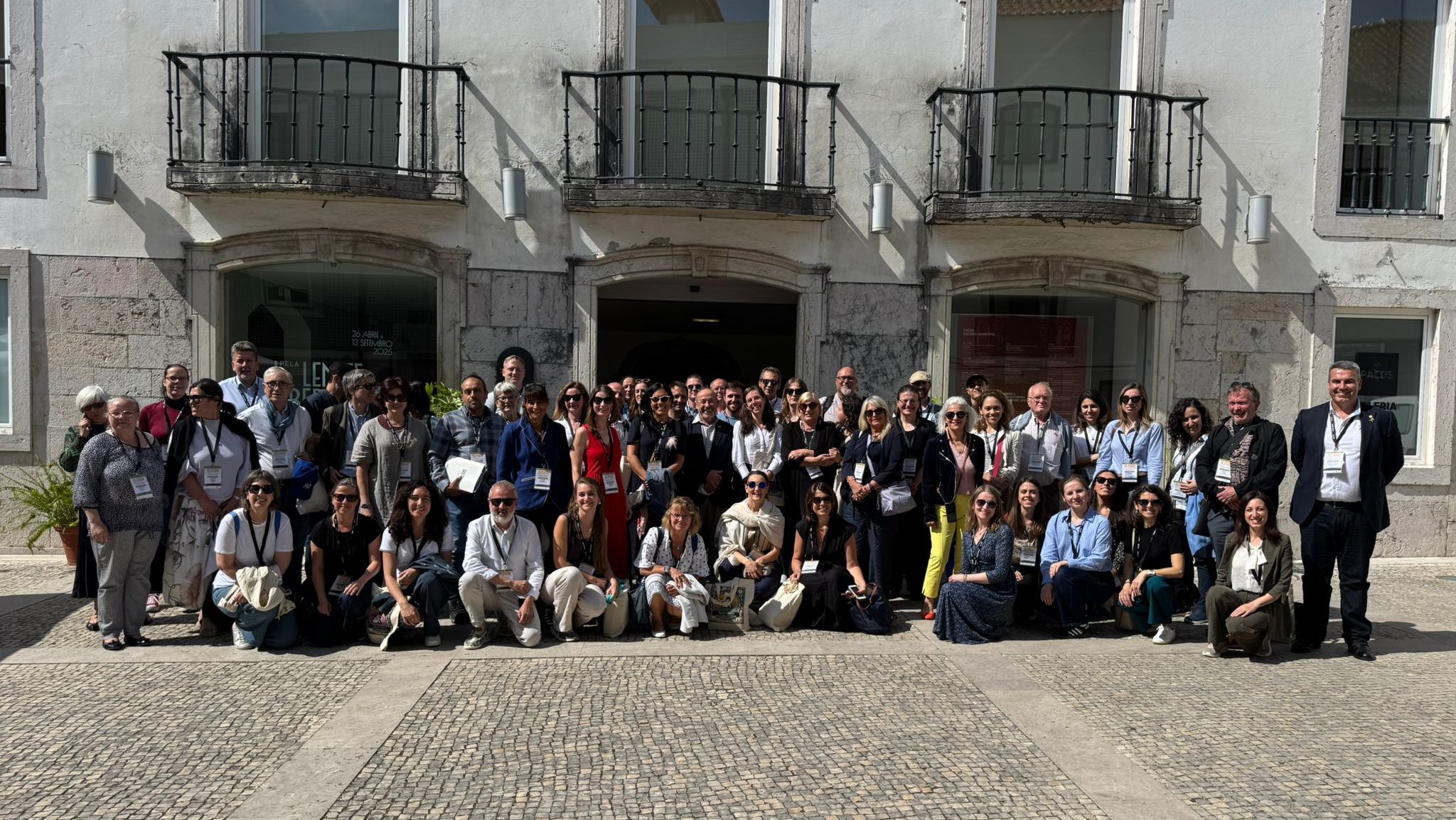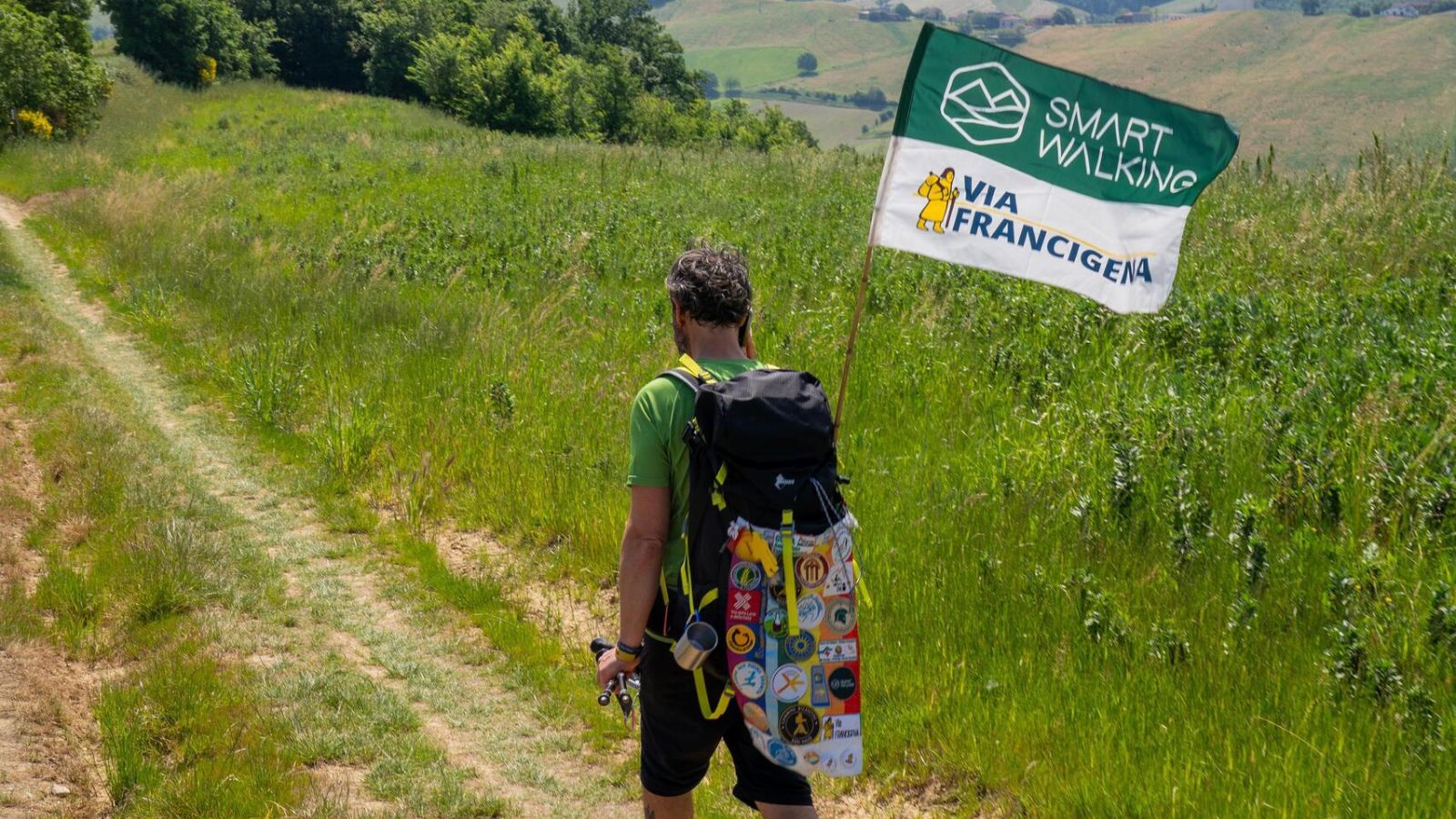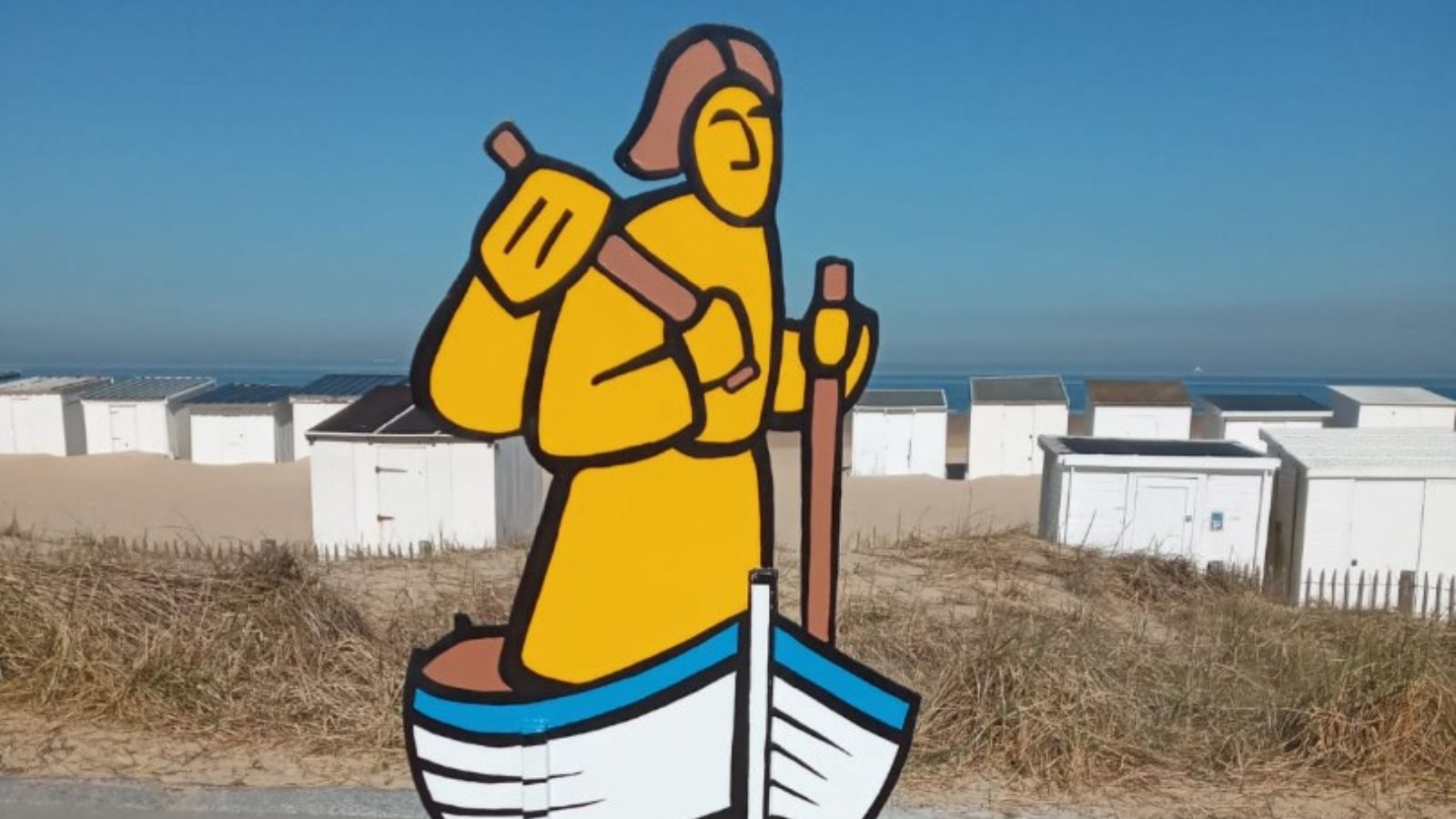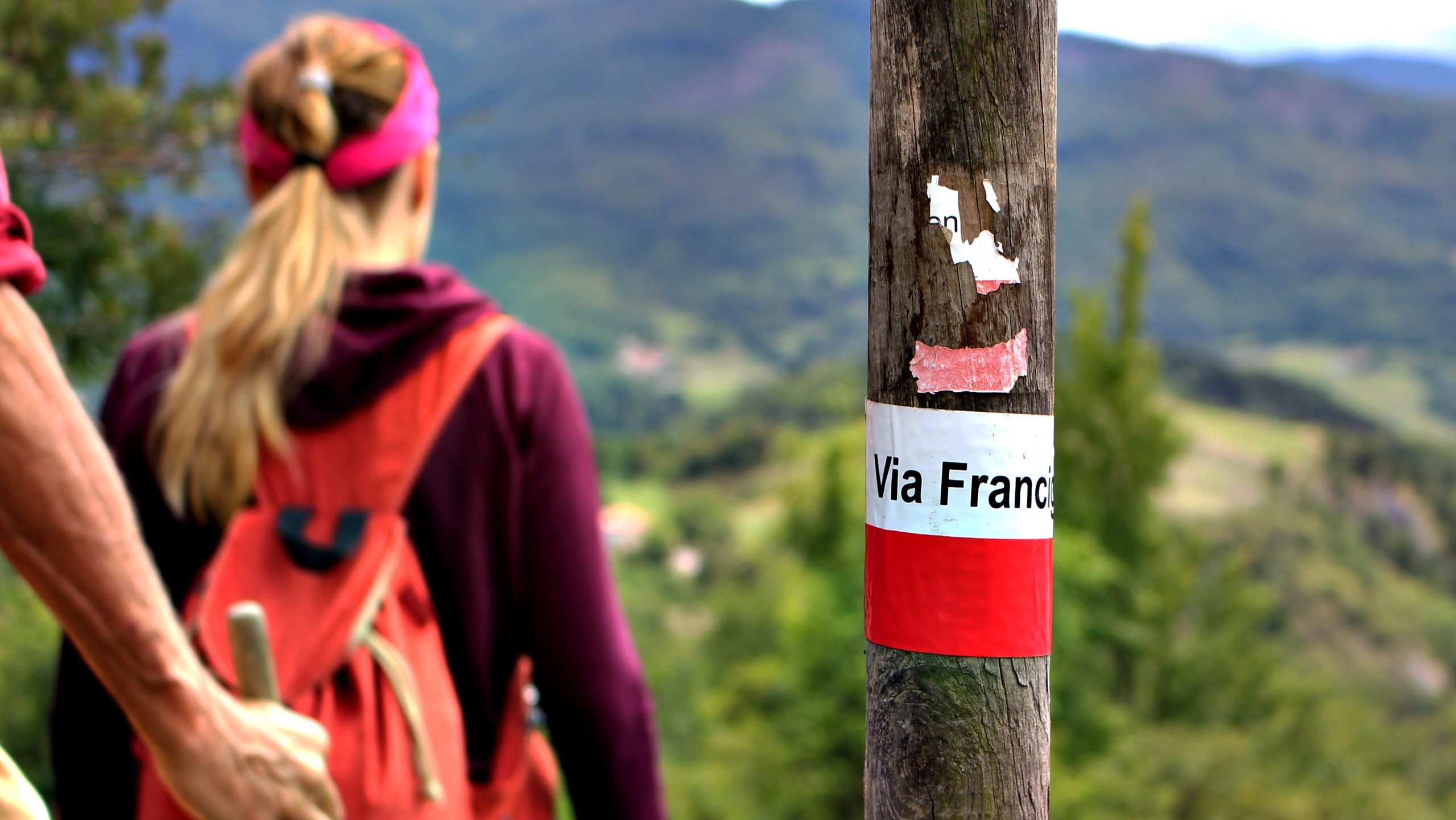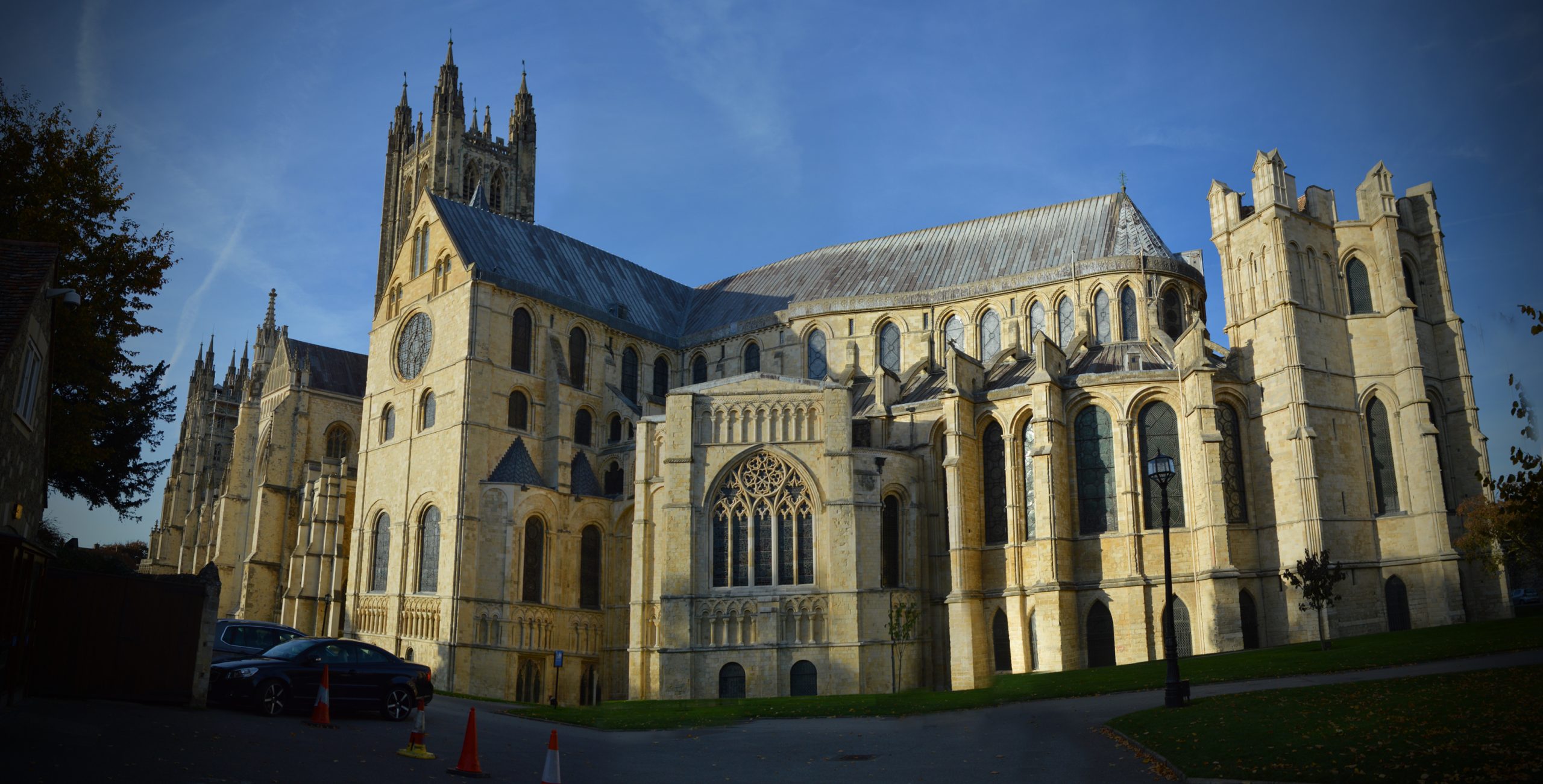Celebrations have begun for the thirty-year anniversary of the Via Francigena, certified in 1994 as a Cultural Route by the Council of Europe.
A two-day event full of meetings and of great cultural significance took place in London. On the proposal of the Confraternity of Pilgrims to Rome (CPR), on Friday, March 1st, a ceremony was organized featuring moments of exchange and reflection at the British Library, where the ancient manuscript of the English Archbishop Sigeric is preserved.
Origins and Reconstruction of the Route
The precious two-page document recounts the 79 stages undertaken during the return journey from Rome to Canterbury in 990 AD, after receiving investiture with the pallium from Pope John XV.
It was around Sigeric’s diary that the foundations were laid in the 1990s to reconstruct the historic Via Francigena, or rather the Road to Rome as it was then called. The written account of this 79-day journey undoubtedly enabled the commencement of significant work in studying, researching, and analyzing the route, with the aim of tracing the itinerary of what has become the Via Francigena as we know it today.

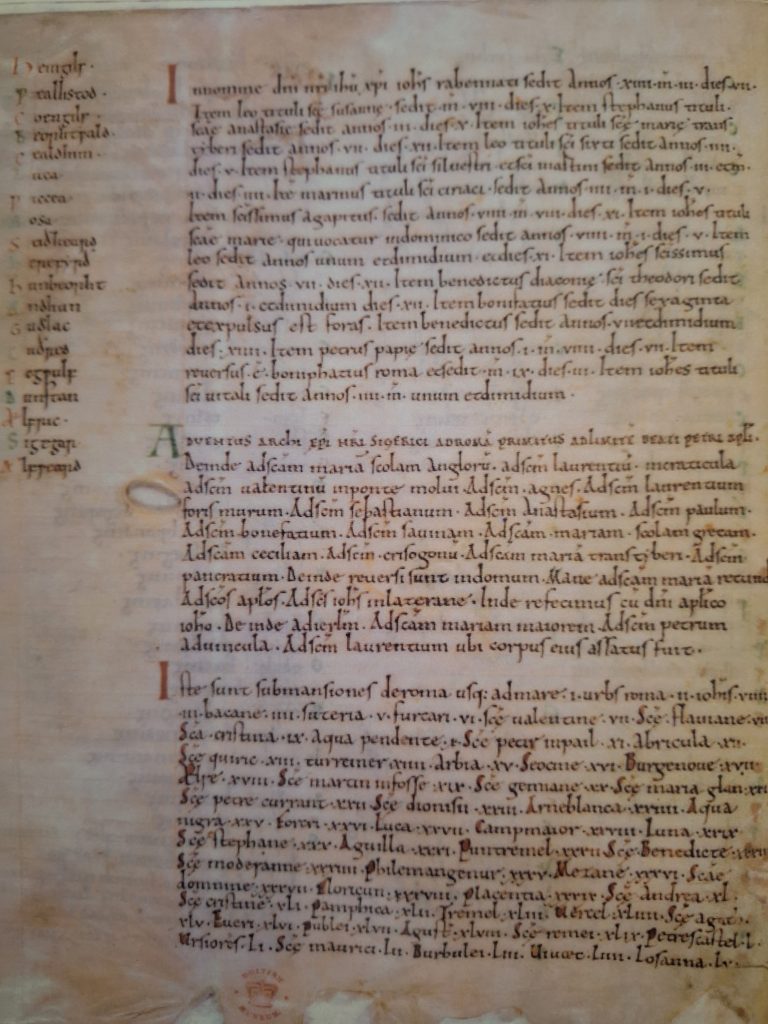
The curtain rises on the thirty-year celebrations
In the symbolic setting of the British Library, steeped in culture and literature, the manuscript was celebrated with stories, reflections, and anecdotes from both past and recent history. Bishop Sigeric can certainly be considered one of the precursors of great travelers: today, we might imagine him as a modern travel blogger narrating his journey experience, noting the places traversed and the people encountered along the way.
The event saw the participation of Connie Nolan, the delegate councilor of the City of Canterbury, Luca Bruschi, the director of the European Association of Via Francigena Ways (EAVF), and the Confraternity of Pilgrims to Rome, with President Nick Dunne, Vice President Brian Mooney, and Giancarlo Laurenzi, honorary president, who enlivened the event. Also present were Sandy Brown, the author of the “Cicerone” guides on the Via Francigena, and William Pettit, formerly responsible for international relations at the City of Canterbury, who participated in the first official meeting in Bologna in 1993 at the headquarters of the Emilia-Romagna region, for the construction of the candidacy dossier for the cultural route.
Luca Bruschi briefly traced the history of this significant certification by the Council of Europe, the first organization for cooperation between European states created after the end of the Second World War, founded in London in 1949 and now comprising 46 member states, including the United Kingdom.
“The Cultural Routes Programme was launched by the Council of Europe in 1987, with the aim of demonstrating, through a journey through space and time, how the cultural heritage and culture of the various European states contributed to creating a shared cultural heritage. The candidacy dossier was presented in 1993 by the then Department of Tourism of the Prime Minister’s Office, Italian Ministry of Tourism, in agreement with the coordinating committee led by the Emilia-Romagna region. The final decision by the Council of Europe was deliberated in April 1994″, Bruschi recalled, also mentioning another important milestone for the Via Francigena, 2001 when 34 representatives of local authorities, invited to Fidenza (Parma, Emilia-Romagna) by the then Mayor Massimo Tedeschi, founded the European Association of Via Francigena Ways.
The cultural program between walks and conferences
The second day, Saturday, March 2nd, also held significant cultural meaning, always in connection with the celebrations of the thirty years of the Cultural Route of the Via Francigena.
In the morning, a guided walking tour took place involving symbolic locations, starting from Westminster RC Cathedral, where inside is the list of all the English Catholic bishops who in the past (before and after the Reformation) traveled to Rome to receive papal investiture with the delivery of the pallium. The urban trek, led by expert guide Eammon Mullally, accompanied pilgrims through the streets of central London, with stops at Lambeth Palace, Westminster Abbey, and ending at St. George’s RC Cathedral in Southwark, in the picturesque district along the Thames.
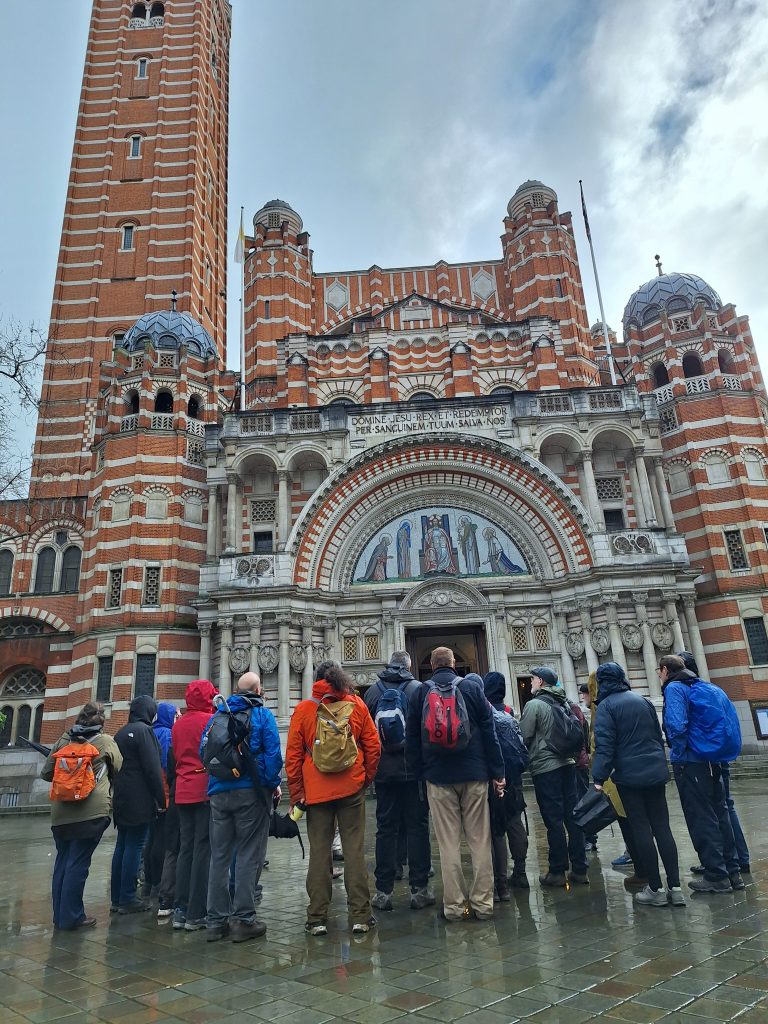
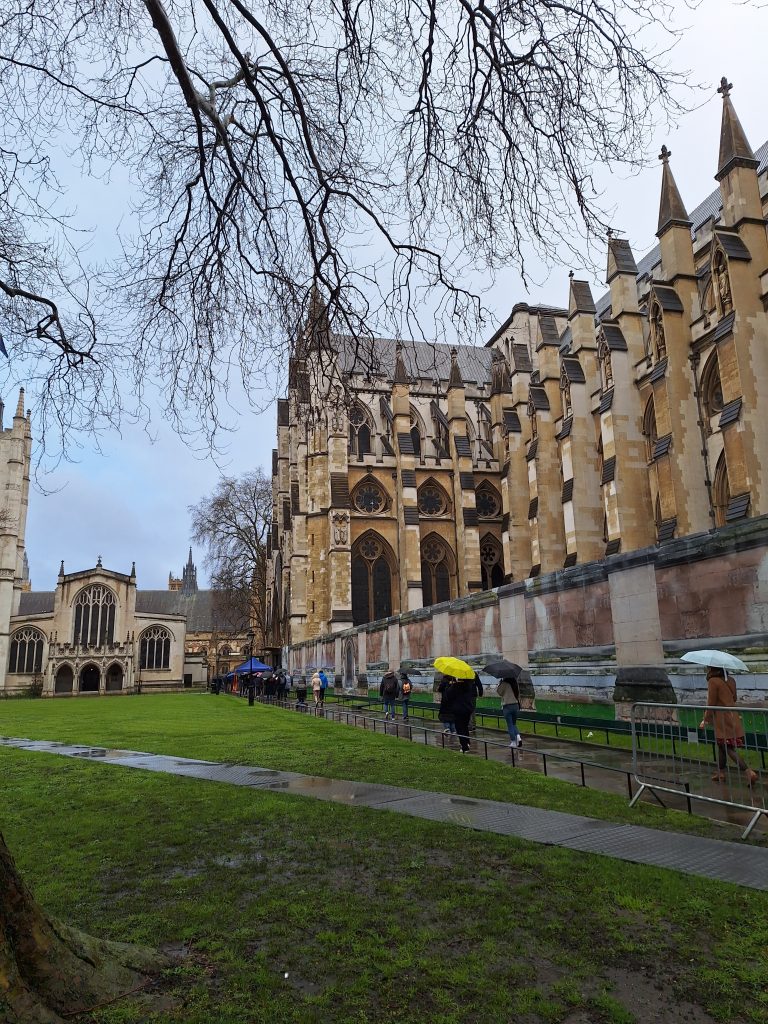
The walk was followed in the afternoon by the CPR‘s Annual Conference (titled: Via Francigena: before, during, and after the journey), attended by 75 people from England, Ireland, and the United States. A great opportunity to strengthen collaboration with AEVF and to share future cooperation projects. Three significant testimonies were presented: Dawn Champion of the British Pilgrimage Trust focused on personal preparation for the journey, David Andrew, an ecologist from Natural England, shared his experience on the Via Francigena, and Philip McCarthy, a doctor and writer, recounted his commitment to promoting the journey in dioceses in England and Wales. In the session dedicated to the celebrations of the thirty years of the Via Francigena, Luca Bruschi, director of AEVF, Connie Nolan, delegate councilor of the City of Canterbury, and finally Giancarlo Laurenzi, honorary president of CPR, intervened, introducing the new project (under study) of the Britannica route, a 150 km connection from London to Canterbury, which has deep cultural significance.
The Via Francigena gains even stronger cultural value with this tangible involvement, at institutional and associative levels, of the British world. It contributes to growing the international dimension of the route, enhancing its extraordinary heritage.
